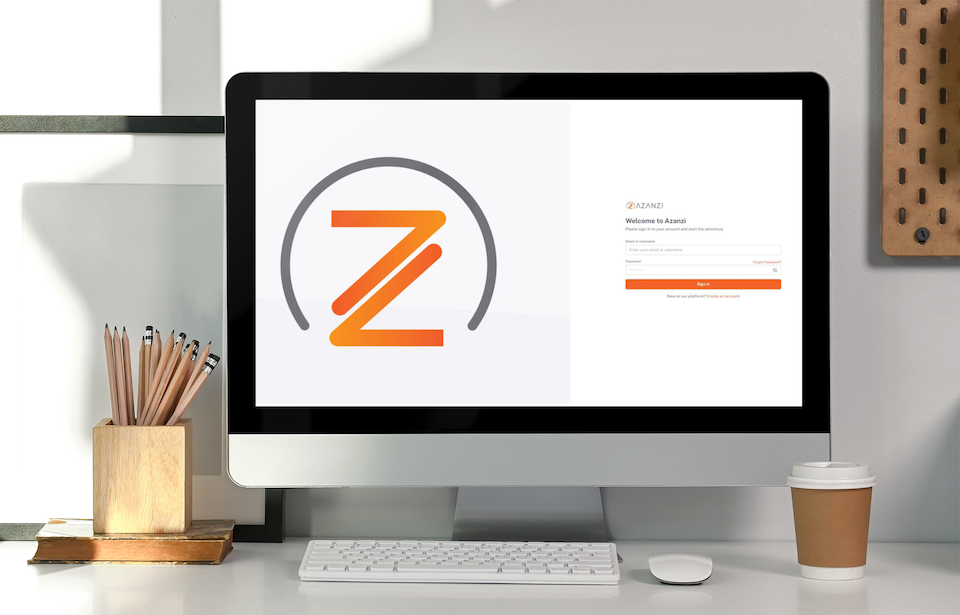

Supply chains have become increasingly complex, weaving together a network of vendors, partners, and third-party providers. While this intricate web offers numerous benefits, it also introduces significant cyber risks. A single vulnerability within your supply chain can expose your organisation to devastating breaches, financial losses, and reputational damage.
To mitigate these risks, regular supply chain cyber monitoring has become an indispensable practice. It’s no longer sufficient to simply trust that your suppliers have adequate security measures in place or to check them once a year – continuous vigilance is key.
Supply chain attacks can take various forms, from compromised software updates to malicious insiders. Cyber criminals often target weaker links in the supply chain, exploiting vulnerabilities to gain access to sensitive data or disrupt operations. Recent high-profile breaches, such as the NHS cyber attack which caused widespread disruption to UK health services, have highlighted the far-reaching consequences of these threats.
Regular supply chain cyber monitoring provides a proactive approach to risk management rather than re-active. By continuously assessing the security posture of your suppliers and partners, you can identify potential vulnerabilities before they are exploited by hackers. This early detection allows for swift remediation, minimising the impact of any potential breaches.
Regular monitoring also helps establish a culture of security awareness within your organisation and throughout your supply chain. By demonstrating your commitment to cyber security, you encourage your partners to prioritise security measures also and strengthen their own defences so they can meet your data security standards and policies.
That is not to say that you should not be re-active. When there are security issues e.g. the Crowdstrike update that impacted some Microsoft users, contact should be made with suppliers to understand the extent they have been impacted by an incident in order to assess the impact on themselves.
An effective supply chain cyber monitoring program encompasses several key components:
To maximise the effectiveness of your supply chain cyber monitoring program, consider the following best practices:
In an era of ever-increasing cyber threats, regular supply chain cyber monitoring is no longer a maybe – it’s a necessity. By adopting a proactive approach to third party risk management, organisations can safeguard their valuable data assets, protect their reputations and their customers, and build resilience against the evolving threat landscape.

Explore how Azanzi TPRM delivers the control, flexibility, and visibility that other platforms often leave behind.
Read more
This blog explores how self declaration on cyber security will differentiate you from the competition.
Read more
This blog explores learnings about TPRM and supplier security management from the M&S cyber attack.
Read more
This blog explores how organisations can stay ahead when it comes to TPRM.
Read more
This blog explores the cyber risks of using third parties in your organisation.
Read more